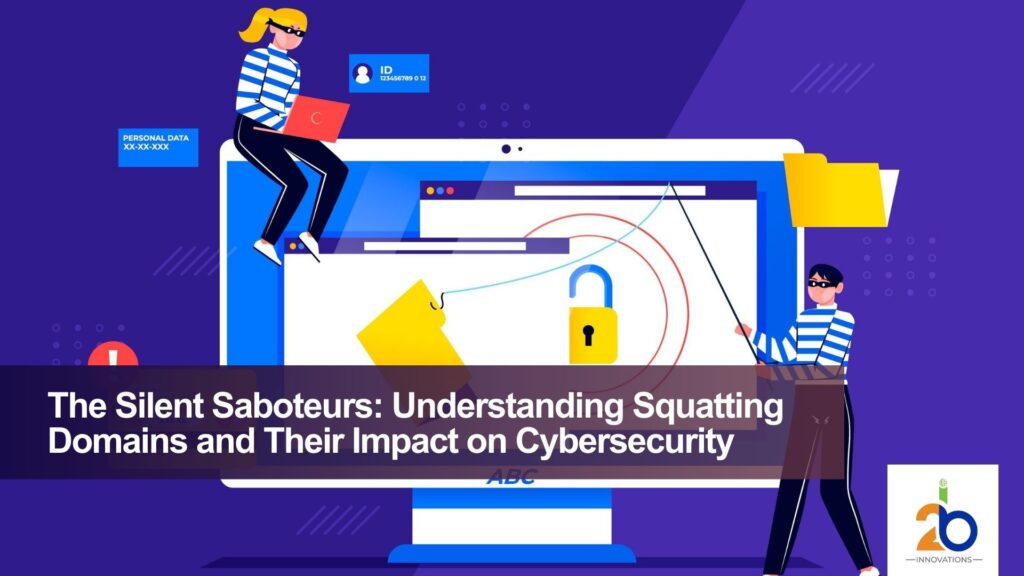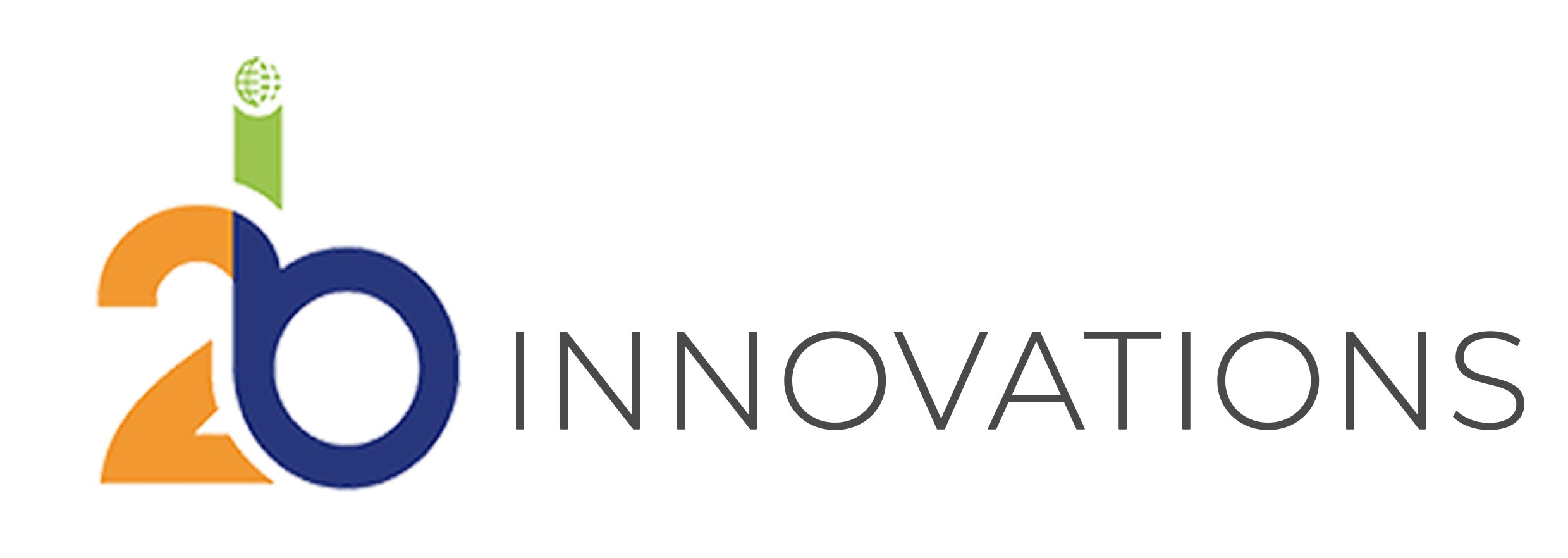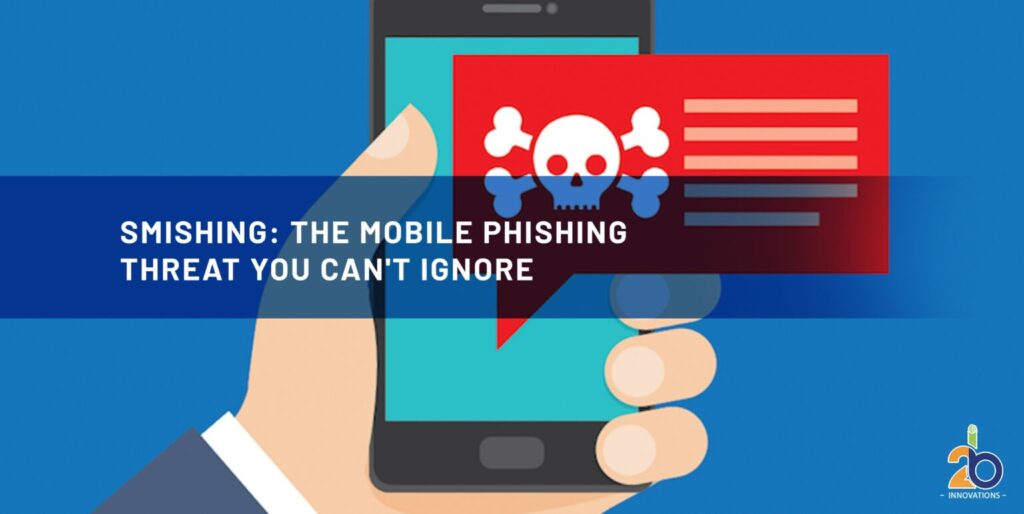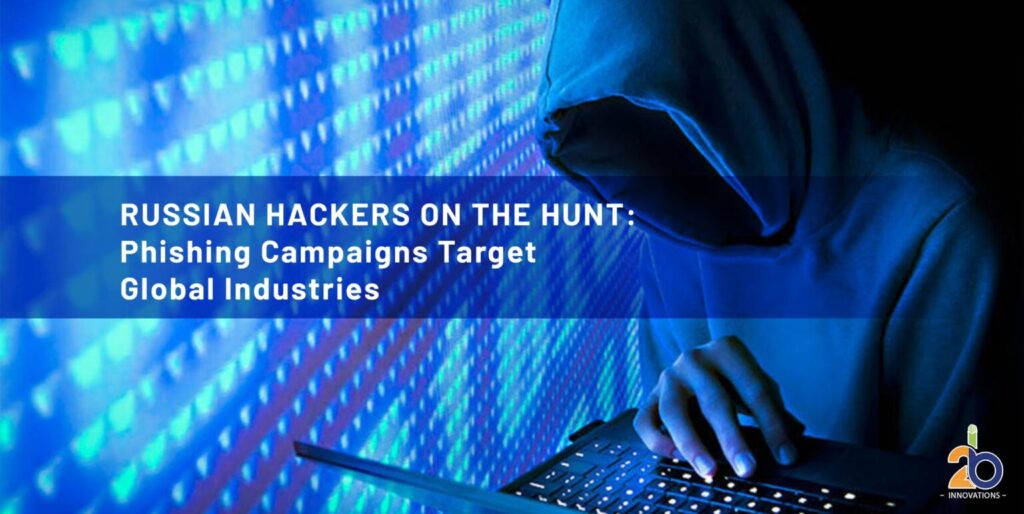
It was an ordinary Tuesday morning when Emily, a marketing executive, sat down with her coffee, ready to tackle her day. Little did she know that a simple click would plunge her company into chaos. After typing her favourite online retailer’s name into her browser, she clicked on what appeared to be the official website. But as soon as she entered her credentials, her world shattered.
Within minutes, her personal information was in the hands of cybercriminals, leading to unauthorised transactions that drained her bank account. The emotional turmoil of betrayal and panic washed over her, leaving her feeling violated and vulnerable.
Emily’s story is not an isolated incident but a reflection of the pervasive threat of squatting domains in our digital age. These shadowy sites, designed to deceive and defraud, are the modern-day predators stalking the unsuspecting in the vast wilderness of cyberspace.
The Face of Deception: What Are Squatting Domains?
Imagine typing the name of your favourite brand into your browser, trusting it to lead you to the site you know and love. But what if, instead, you land on a deceptive lookalike? This is the reality with squatting domains—fraudulent websites that mimic reputable brands, preying on the innocent with sinister intent.
These domains come in various forms, including:
- Typosquatting: Cleverly crafted names that capitalise on common misspellings.
- Combosquatting: A fusion of two brands, leading users into a web of confusion.
Each click on these deceptive domains could lead to a potential nightmare, unveiling a series of malicious attacks that could compromise personal information, drain bank accounts, or install hidden malware on unsuspecting devices.
The Dark Side of the Web: The Malicious Uses of Squatting Domains
1. Phishing Attacks: A Trap Set with Careful Precision
Picture this that you receive an email that appears to be from your bank, urging you to verify your account details due to suspicious activity. You click the link, only to be redirected to a phishing site masquerading as the legitimate one. This is not just a hypothetical scenario. It’s a common tactic employed by cybercriminals. The consequences can be devastating. In 2022, phishing attacks resulted in losses exceeding $52 million globally.
2. Malware Distribution: The Digital Assassin
The web is littered with domains designed to distribute malware. For instance, the notorious samsungeblyaiphone[.]com hosts Azorult malware, a vicious program engineered to steal sensitive data. Once unwitting users click on these malicious links, they invite danger into their homes, leading to a theft of personal information that can alter lives forever.
3. Command and Control (C2) Communication: The Puppet Masters
Some squatting domains act as command and control hubs for malicious actors. They facilitate communication between malware and the cybercriminals behind it. A shocking example is microsoft-store-drm-server[.]com, which connects with various malware samples, essentially allowing hackers to pull the strings. This level of intrusion is a stark reminder of how vulnerable we are in the digital space.
4. Potentially Unwanted Programs (PUPs): The Unwanted Guests
Have you ever been bombarded with pop-ups asking you to download an update? These often lead to potentially unwanted programs (PUPs) that degrade your browsing experience. The domain walrmart44[.]com is one such example, redirecting users to a slew of unwanted software under the guise of essential updates. These programs may not outright harm your system, but they clutter your device and compromise your privacy.
5. Scams: The Financial Black Hole
The emotional toll of scams can be devastating. Consider the anguish of victims led to believe they were getting help from microsoft-alert[.]club, only to be entangled in a web of deceit. They thought they were securing their systems, but instead, they opened the door to fraudulent charges and identity theft. These scams can leave lasting scars, both financially and emotionally.
6. Domain Parking: Turning Deception into Profit
Squatting domains can also be lucrative for their creators. The domain rbyroyalbank[.]com is parked to generate revenue from clicks on ads, while simultaneously posing risks to unsuspecting users. This unsettling reality highlights the fine line between innocent domain registration and malicious intent.
The Need for Emergency Communications: A Growing Concern
With the increasing frequency of cyberattacks, effective emergency communication has never been more critical. According to recent statistics:
- 60% of small businesses close within six months of a cyberattack.
- Cybercrime is projected to cost the world $10.5 trillion annually by 2025.
These alarming figures illustrate the urgent need for organisations to establish robust emergency communication protocols. When disaster strikes, every second counts. The ability to communicate swiftly and efficiently can mean the difference between containment and catastrophe.
The Role of Technology in Emergency Communications
In this age of uncertainty, technology is our ally. It provides us with the tools needed to communicate effectively during crises. Organisations must invest in solutions that facilitate rapid information dissemination to employees and stakeholders alike. The importance of a reliable communication platform cannot be overstated. It can help mitigate damage and maintain trust in times of turmoil.
2b Innovations: A Beacon of Hope in Cybersecurity
As the threat of squatting domains continues to loom large, 2b Innovations emerges as a powerful ally in strengthening cybersecurity measures. This innovative company provides a comprehensive range of solutions designed to enhance digital security, enabling organisations to protect themselves against evolving cyber threats effectively.
2b Innovations not only helps organisations identify and mitigate risks associated with squatting domains but also empowers them with advanced tools and strategies for robust cybersecurity. By offering tailored solutions and expert guidance, 2b Innovations assists businesses in safeguarding their most valuable assets—people and data.
Conclusion: Safeguarding Our Digital Future
In a world where every click carries risk, robust emergency communication strategies are essential. Ignoring cybersecurity threats like domain squatting can lead to devastating consequences. Organisations must enhance their cybersecurity measures to protect their data and maintain customer trust.
2b Innovations leads this charge with tailored solutions to navigate today’s complex cyber landscape. By collaborating with 2b Innovations, organisations can transform vulnerability into resilience, proactively safeguarding their digital futures.
In a world where every click counts, let’s ensure that we click with confidence.



